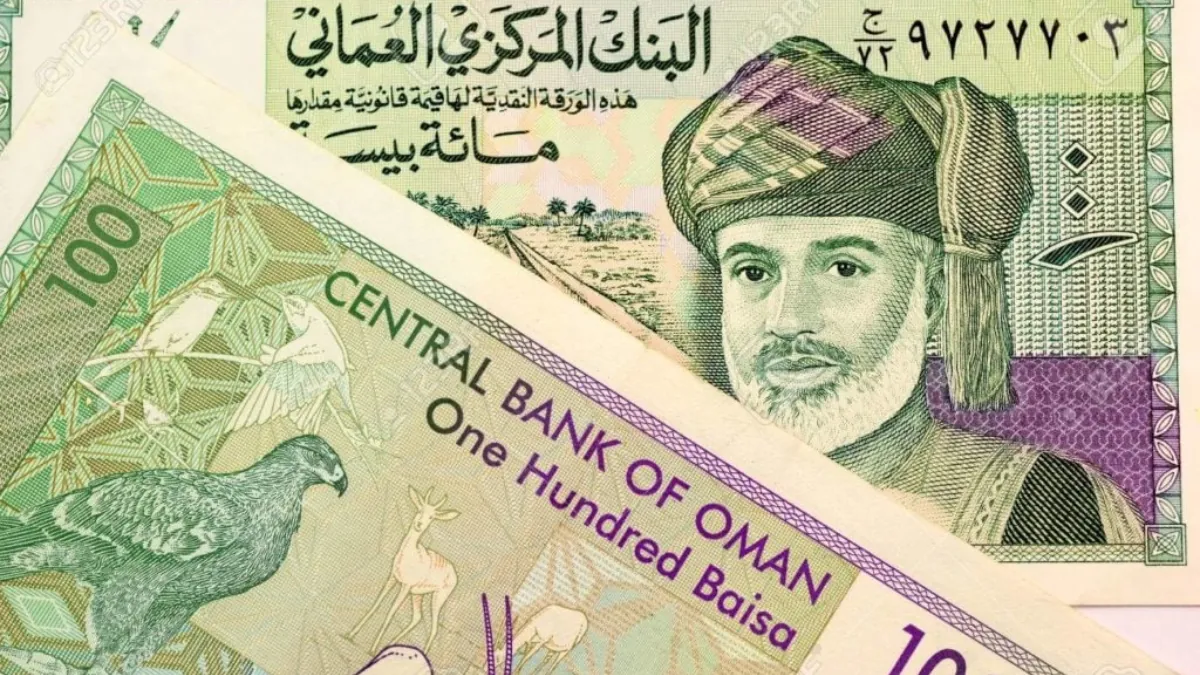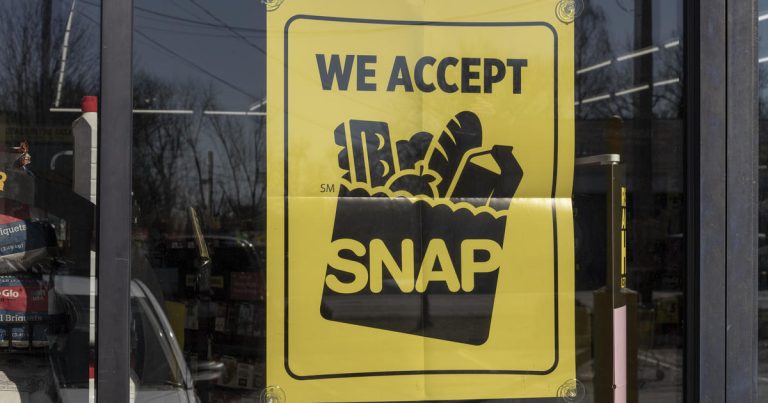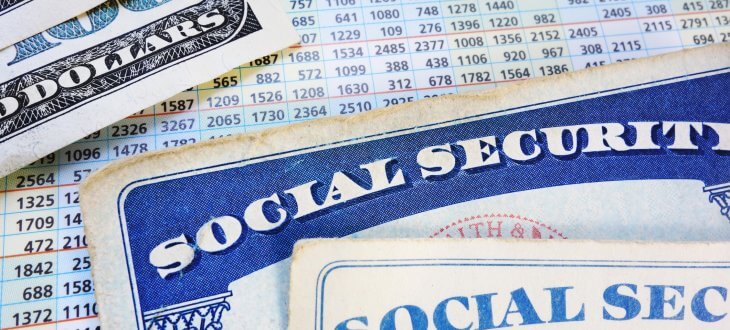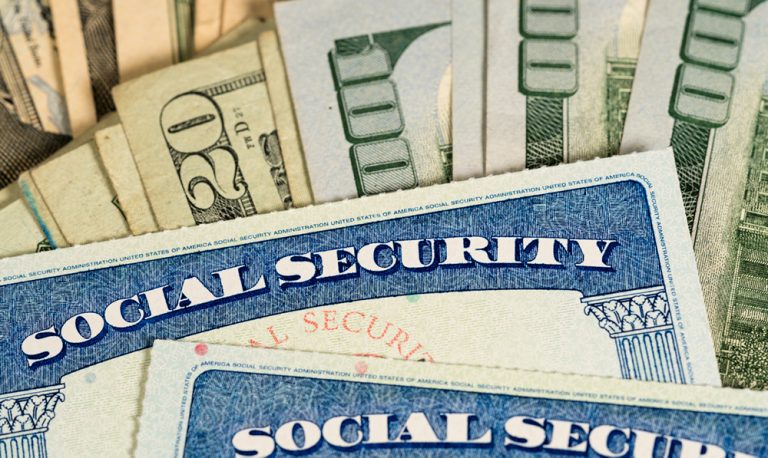It may come as a surprise to many, but the Omani Rial is currently considered the third strongest currency in the world. With a value of US$2.6008 for 1 Omani Rial at market prices, it’s an impressive feat considering Oman’s economy isn’t typically regarded as one of the strongest.
Have you ever wondered why the Omani currency is stronger than that of many developed countries? The answer lies in its history. When the Omani Rial was first introduced, it was valued at 1 Omani Rial = US$ 2.895. Remarkably, Oman was able to keep this value until 1986, when the exchange rate was adjusted to 1 Rial = 2.6008 USD. Despite this adjustment, the Omani currency remains one of the strongest in the world.
The Omani government has a unique advantage over many countries in the world when it comes to buying and selling the US dollar. They purchase the dollar at a rate of 0.384 Omani rials and sell it at a rate of 0.385 rials, resulting in a notable profit. As a result, the Omani dollar is one of the most robust currencies globally, coming in third place after the Kuwait Dinar and the Bahrain Dinar.
Understanding The Face Value Of Currencies
It’s interesting to note that the top three currencies in the world come from countries that don’t have the same economic prowess as the US or other G8 nations. This goes to show that a stronger currency doesn’t always equate to a better economy.
The economic status of a country holds significant weight in preserving the face value of its currency. It is worth noting that the initial face value of a currency is not set in stone and is subject to change. Countries have the autonomy to determine the value of their currency as long as it is a reasonable figure. To illustrate, a single US dollar is made up of 100 US cents.
A country’s currency value is subject to change depending on its economic performance. A thriving economy can result in a significant appreciation in the country’s currency. There are several factors that can impact a currency’s value, including market instability, inflation, devaluation, and international policies.
Economically stable countries often have currencies that remain steady for extended periods. The global community often uses the US dollar as a reference point since it is a stable currency, largely due to the robust economy of the United States.
History Of The Omani Rial
Let’s take a trip down memory lane to uncover the origins of the Rial and its robustness. Prior to the 1940s, Oman did not have a designated currency. Instead, the Indian Rupee and the Maria Theresa Thaler were commonly used in Omani and Muscat. Notably, the Maria Theresa Thaler held a value of 230 Paisa at the time.
Between 1940 and 1946, the Omani and Dhofar regions saw the introduction of several coins, known as Gulf Rupee, for local use. These coins were based on the baisa denomination, and one rial was equivalent to 200 baisas. However, in 1966, the Gulf Rupee was devalued by India in comparison to the Indian Rupee. This resulted in different states creating their own currencies.
Despite the passage of time, Oman persisted in utilizing the Gulf Rupee until 1970.
Back in 1970, Oman introduced the Rial Said in place of the Gulf Rupee, which was named after the Al Said dynasty. Interestingly, the Rial Said had the same value as one British Pound at the time. In 1973, it was further divided into 1000 baisa to give rise to the current Omani Rial that we have today.
In 1986, the Omani rial was devalued to 1 Omani rial = 2.6008 USD, down from its previous peg of 1 Omani rial = 2.895 USD. It has been noted that these adjustments to the currency are often influenced by political power shifts in the region.
In 1975, the Omani currency underwent a name change to become the Omani rial. This was a result of a regime change in the country. Since then, the currency has consistently featured the country’s name and face on all denominations as the Omani rial.
How Does Omani Maintain The Face Value Of Its Currency?
Maintaining a currency value is a challenging task, and Omani has accomplished this feat by setting its currency at 2 USD and keeping it that way since 1970. This remarkable achievement speaks volumes about the uniqueness of Oman’s economy and its ability to sustain its currency value for such a long time.
For more than 50 years, the Omani Rial has been able to maintain its stability despite the risk of losing its value due to a lack of economic power.
The Omani currency is considered to be one of the highest currencies in the world, and there is a reason for it. Unlike most countries which divide their currencies into 100 units, the Omani rial is divided into 1000 baisa. This unique feature of the currency forces it to have a higher value in the global market, as the baisa needs to retain a certain value to remain relevant. Therefore, the high value of the Omani currency can be attributed to the fact that it is divided into 1000 baisa.
Compared to other currencies that are subdivided into 100 units, the Omani Rial holds a relatively high value due to its subdivision into 100 valuable units. This is also true for other top currencies like the Bahrain and Kuwait Dinar.
For over five decades, Omani has successfully upheld the value of its rial to be equal to that of the US dollar. The strong relationship between Omani and the United States has been the key factor in maintaining this stability. Since 1986, the rial has consistently held a value of 2.6 USD. To ensure this value remains, Omani maintains a substantial reserve of US dollars.
Oman is one of the world’s foremost oil producers, and as a result, its economy is closely tied to oil prices. Since oil is denominated in USD, Oman earns a significant amount of revenue in US dollars and holds onto the funds to sustain its high-value currency. The primary factor that ensures the stability of the Omani currency is the continued supply of oil to the United States and other countries worldwide.
Conclusion
The Omani Rial is currently ranked as the third most valuable currency globally. It’s worth noting that the Omani economy may not justify such a high valuation. Nevertheless, the denomination of 1000 baisa justifies the high value of the Omani Rial.
Since 1986, the face value for the Rial has remained unchanged, despite the challenges faced by Oman. This is largely due to its heavy reliance on oil, which is traded in US dollars. In order to sustain the value of the Rial, Oman holds a considerable amount of US dollars in reserve. These reserves play a vital role in maintaining the currency’s stability as long as oil production continues.
Also read:
- What Makes Beanie Baby Patti the Platypus worth $6,000?
- What Makes Beanie Baby Jake the Mallard Duck Worth $900?
- How Much Social Security Money Has Congress Received?



